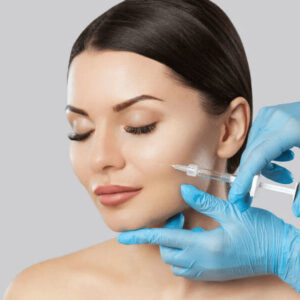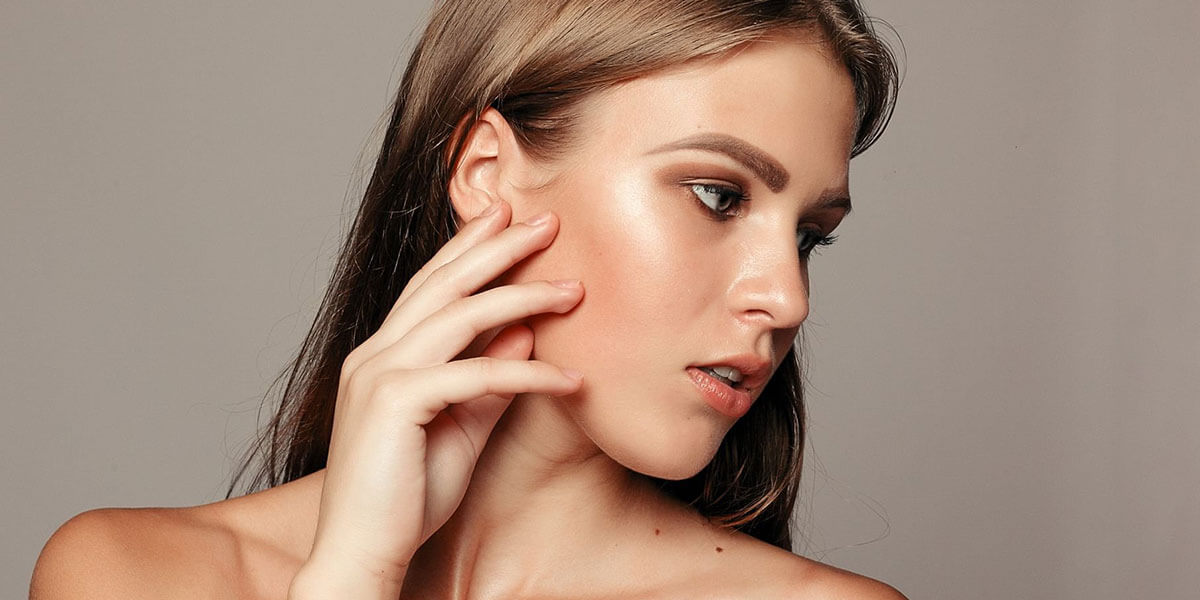
“Cheek Filler”: Youthfulness and attractiveness in facial aesthetics are directly related to the proper distribution of volume and proportion. In particular, the cheekbones are one of the main areas that maintain the triangular structure and dynamic appearance of the face. Over time, due to aging, the effects of gravity, and volume loss, the cheekbones can hollow, facial contours sag, and an aged appearance can emerge in overall facial aesthetics. One of the effective, non-surgical solutions offered by aesthetic medicine is cheek filler—a modern application developed to define facial contours and provide a youthful, dynamic look.
In Istanbul, ENT Specialist Prof. Dr. Ozan Seymen, who practices in his own clinic, offers personalized approaches in cheek filler applications that preserve natural facial proportions and enhance holistic facial aesthetics. In this article, we will comprehensively cover all the details of cheek filler: what it is, why it is performed, who is suitable, how it is applied, and what the post-procedure process looks like.
What Is Cheek Filler?
Cheek filler is an injection-based aesthetic procedure performed to add volume to the cheekbones, ensuring the face appears more youthful, dynamic, and proportionate.
In this procedure, highly viscous hyaluronic acid–based filler materials are typically used. Hyaluronic acid is a molecule naturally found in our bodies with strong water-binding capacity, providing both fullness and improved skin quality.
Cheek filler is applied not only to increase volume but also to re-establish the face’s youthful V-shape, support the facial contours upward, and reduce sagging that occurs with aging.
Prof. Dr. Ozan Seymen carefully assesses each patient’s facial proportions in cheek filler applications, aiming to achieve aesthetic balance while preserving natural expression.
Why Is Cheek Filler Performed?
There are many aesthetic and functional reasons to undergo cheek filler. The primary goal is to restore volume lost in the midface and reinstate a youthful, firm appearance.
With aging, the fat pads beneath the cheekbones diminish, causing the face to sag downward and nasolabial folds (lines from the nose to the mouth corners) to deepen.
Cheek filler reduces this sagging in the lower face, elevates the facial contours, and enhances the overall appearance. It also helps preserve the triangular form of the face, providing a sharper, more aesthetically pleasing profile.
Some individuals naturally have less prominent cheekbones. In such cases, cheek filler is chosen to remedy volume deficiency and enhance facial attractiveness.
Prof. Dr. Ozan Seymen’s approach in cheek filler applications not only adds volume but also considers overall facial harmony to create a naturally youthful effect.
Who Is a Good Candidate for Cheek Filler?
Ideal candidates for cheek filler are individuals who experience midface volume loss, feel a lack of definition in the cheekbones, or observe sagging of their facial contours.
Additionally, people with naturally flat or weak cheekbone structure may choose cheek filler to improve their facial profile and achieve a more attractive appearance.
Candidates should be in good general health, have realistic aesthetic expectations, and have no history of allergy to filler materials.
Prof. Dr. Ozan Seymen performs a detailed pre-evaluation for each patient to determine the suitability of cheek filler and devises a personalized treatment plan.
Pre-Procedure Planning for Cheek Filler
The cornerstone of a successful cheek filler procedure is accurate, personalized planning.
In the initial assessment, the patient’s facial proportions, skin quality, bone structure, and overall aesthetic goals are carefully analyzed. The harmony between the cheeks and other facial regions—such as the nose, chin, and forehead—is particularly evaluated.
This phase establishes exactly which points will receive filler, in what amounts, and which injection techniques will be used. To achieve natural, balanced results, asymmetries are closely observed and corrective plans are made if necessary.
Prof. Dr. Ozan Seymen evaluates his patients’ facial aesthetics holistically, applying a bespoke filler strategy that preserves facial proportions and natural expression.
How Is Cheek Filler Applied?
The cheek filler procedure is performed in a pain-free environment, using local anesthetic cream or injection applied beforehand. The face is cleansed and sterilized before beginning.
Thin needles or microcannulas are used for the filler placement. Microcannulas reduce the risk of vascular injury and allow the filler to distribute more evenly.
The filler material is carefully injected into predetermined strategic points. During application, the product is placed in accordance with the natural anatomy of the cheekbones, providing natural lift and support to the facial contours.
The procedure typically takes 20–30 minutes. Patients notice an immediate change, though full integration of the filler with the face may take a few days.
Prof. Dr. Ozan Seymen pays attention to overall facial proportions and natural expressions with each injection, ensuring a youthful, dynamic appearance without sacrificing naturalness.
Recovery After Cheek Filler
Recovery after cheek filler is usually quick, and patients can return to daily activities on the same day.
Mild swelling, redness, and tenderness may occur in the treated area for 24–48 hours. Applying ice packs helps these symptoms subside rapidly.
Though the risk of bruising is low, individuals with thinner skin may experience minimal bruising. These are transient and resolve within a few days.
Patients are advised to avoid strenuous exercise, saunas, and hammams for the first few days. They should also refrain from massaging or applying pressure to the treated area.
It may take approximately 7–10 days for the filler to fully settle and appear most natural. Following post-procedure care instructions from your physician is important.
Prof. Dr. Ozan Seymen closely monitors his patients during the recovery phase to ensure healthy progress.
Risks and Complications of Cheek Filler
While cheek filler is a safe procedure, it carries some risks, as with any injection.
Temporary side effects such as mild swelling, redness, and bruising are the most common. Rarely, uneven filler placement, temporary asymmetry, or nodules may occur.
Serious complications (e.g., vascular occlusion) are extremely rare, especially when performed by an anatomically knowledgeable, experienced physician.
Prof. Dr. Ozan Seymen adheres to the highest standards of sterility and safety in every procedure, using advanced injection techniques to minimize potential risks.
Longevity of Cheek Filler Results
The duration of aesthetic improvement from cheek filler varies based on the filler’s viscosity, the patient’s age, metabolism, and lifestyle.
Generally, hyaluronic acid–based cheek fillers last between 12 and 18 months. Some specialized filler products can extend up to 24 months.
The body gradually metabolizes the filler material. To maintain results, touch-up sessions can be scheduled at intervals. With renewal sessions, a naturally youthful and dynamic appearance can be sustained for years.
Prof. Dr. Ozan Seymen offers phased, natural-looking filler strategies to ensure long-term aesthetic harmony.
Cheek Filler Costs
Cheek filler prices vary according to the quality of the filler product, the treatment area’s extent, the amount of filler required, and the practitioner’s experience.
In Istanbul, Prof. Dr. Ozan Seymen provides personalized planning based on each patient’s facial aesthetics and expectations, offering transparent pricing accordingly.
Cost considerations include not only the procedural fee but also product quality, injection precision, follow-up care, and the longevity of aesthetic results.
Prof. Dr. Ozan Seymen maintains high standards of scientific and aesthetic excellence while delivering premium service.
Is Cheek Filler Painful?
Thanks to the anesthetic cream applied beforehand, pain is minimal. Aside from slight pressure, there is no significant discomfort.
Is There Immediate Effect After Filler?
Yes, volume increase and contour improvement are immediately noticeable. However, it takes a few days for the filler to fully settle.
Is Bruising Common After Filler?
Some light bruising may occur, but it usually resolves itself within a few days.
Does Cheek Filler Make the Face Look Puffy?
When performed with proper technique and facial proportion in mind, the result is a natural, youthful look—not puffiness.
Can You Exercise After Cheek Filler?
Avoid strenuous exercise for the first 24–48 hours. Patients can return to normal physical activity afterward.
Cheek filler is a modern, non-surgical application that enhances youthfulness, dynamism, and attractiveness in facial aesthetics. It is ideal for individuals seeking to restore the face’s triangular form, reduce sagging, and define facial contours.
In Istanbul, ENT Specialist Prof. Dr. Ozan Seymen, through his scientific expertise and artistic aesthetic sensibility, delivers natural, balanced, and long-lasting results in cheek filler applications.
If you also wish to achieve a youthful, vibrant, and attractive facial expression, contact Prof. Dr. Ozan Seymen for detailed information about cheek filler and personalized aesthetic solutions.
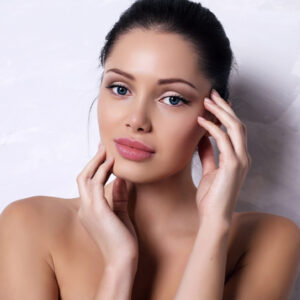

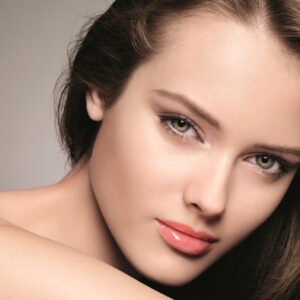
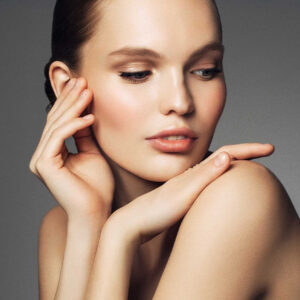
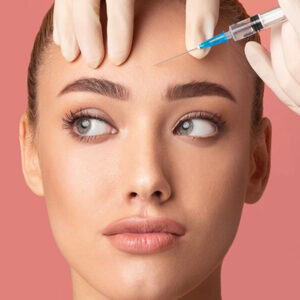
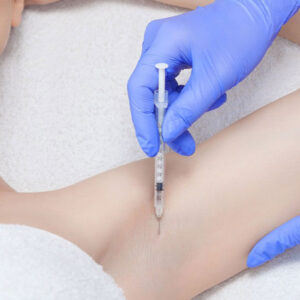
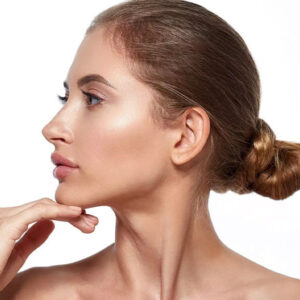
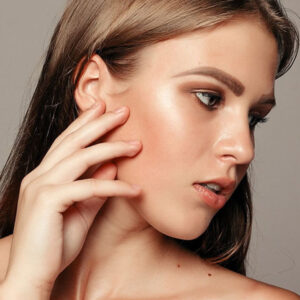
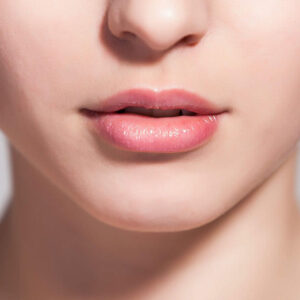
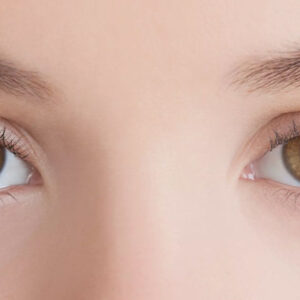
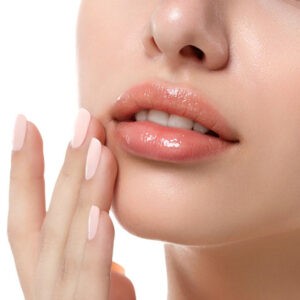

 Türkçe
Türkçe Français
Français Deutsch
Deutsch
